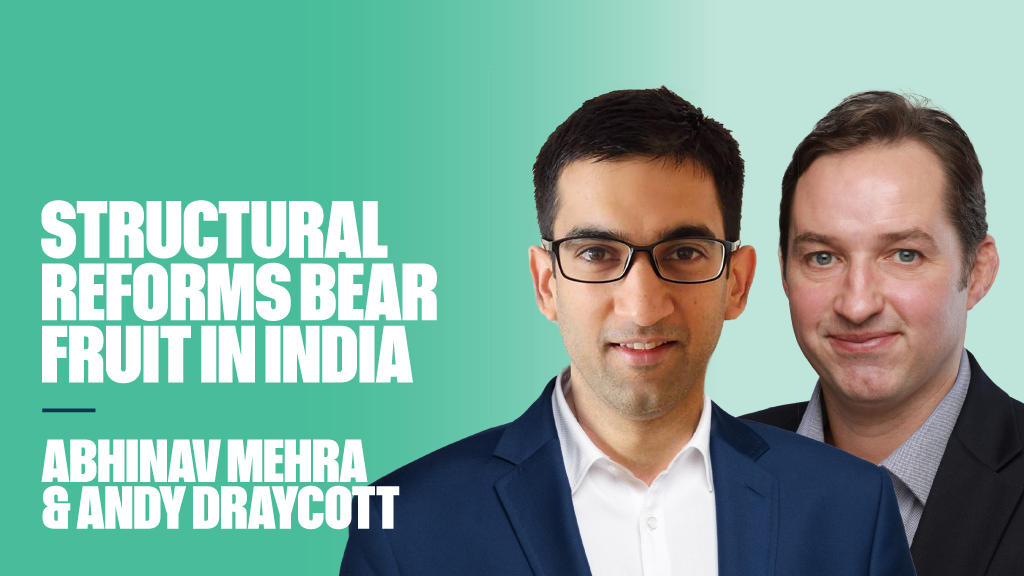Overseas investors, followed by UK institutional investors, were the dominant buyers in the UK, acquiring assets from banks, occupiers and private property firms.
Attractive valuations
Wider commercial property market valuations remain attractive and are well short of the pricing peak of 2006 and 2007. This should provide a sufficient yield cushion if interest rates are increased over the medium term. Investors will continue to search for yield but as we move through this market cycle we expect attention to turn to sectors and markets poised for rental growth.
London still prospering
The Central London market remains buoyant despite upward pricing pressure. It offers strong rental growth, secure leases, high liquidity and a very transparent framework. In 2013, the Central London office market attracted £21.1 billion of investment – 39.4 per cent of the total. Meanwhile, prime retail locations in the capital offer strong prospects for rental growth this year.
true
Growing regional demand
Demand has driven down yields and increased capital values of prime property, and investors are spreading their nets more widely as risk aversion continues to ease. Bidding on assets has become competitive outside of London, and there is growing appetite for assets that provide the opportunity to add value, such as development sites.
Big regional office markets should return to favour this year, given yield differentials with London and an improving economic outlook. While for retailers the environment remains fragmented, demand for prime high street locations in the regions is increasing from institutional investors.
Within the industrials sector, the scarcity of supply and related rise in rental values is benefiting landlords of well-located properties that are used for distribution purposes. This is likely to stimulate development activity for this type of stock. Meanwhile, we expect to see rising demand for assets in the alternatives area of the market, such as hotels, cinemas and gyms. The sector has started to mature and has become institutional grade, with longer leases and strong covenants.
Pricing to normalise
The market should normalise further as we go through the year, and we are likely to see a welcome return to the more traditional drivers of commercial real estate performance: income and capital. The Investment Property Databank reported capital growth of 2.9 per cent in the fourth quarter of 2013, which was the strongest since March 2010. This year, the greatest movement in capital values is likely to come from the regions. Nevertheless, income is expected to remain key to total returns, with some areas already experiencing a return to rental growth on the back of strong occupier demand for properties.
Overall, 2014 is set to be another strong year for UK commercial property. Performance, however, is unlikely to be uniform, particularly as some locations and occupational markets remain fragile. This highlights the need for market and tenant knowledge, and selective acquisitions in key locations.
Andrew Friend is acting Co-Manager and Marcus Langlands Pearse is Co-Manager of the Henderson UK Property Unit Trust.











